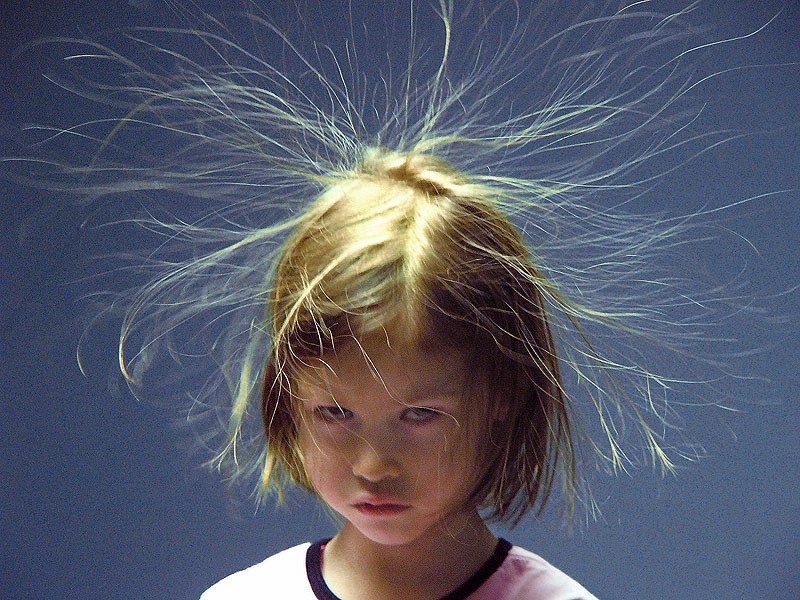You know it’s too dry in the house when the cat’s fur crackles, your hardwood flooring cracks and your own parched skin is more wrinkled than that of a desert nomad in a National Geographic photo.
You know your house is too humid when the toilet tank is sweating, the windows are frosted and the walls are so damp it feels as if it’s going to rain.
Many factors affect a home’s humidity level: the number of showering, pasta-boiling, moisture-exhaling people who live there; the numbers of pairs of snow-covered boots by the back door. Other factors include the age of the house, how well the doors and windows are sealed, the efficiency of the furnace, and most importantly, how cold it is outside.
Warm air holds more moisture than cold air. That’s why the humidity level in your house likely felt more comfortable this week, when it was -5 C than it did last month when it was -25 C.
To measure humidity use an inexpensive hygrometer, which is available at local hardware stores for less than $30.
“You should measure the level often, at least once a week,” said Beth Nanni, an environmental specialist with The Lung Association, as she pointed out that houses that are either too wet or too dry could cause health problems.
“Most people breathe easier in warm moist air but if moisture sits in the walls, it’s scary. It leads to mould growth and possible problems from allergies. Dry air can also cause dry eyes, a dry nose – even a bleeding nose – and headaches. Dry air can trigger an asthma attack,” she said.
In its online publication Measuring Humidity in Your Home, Canada Mortgage and Housing Corporation recommends lowering the humidity level when the outside temperature drops below -10 C.
“To prevent window condensation during the heating season, the recommended indoor room humidity is 30 per cent to 50 per cent. When it is below -10 C outdoors, recommended indoor room humidity is 30 per cent,” the CMHC guide says.
The simplest humidifier of all could be a pail of water on the hot air register in your bedroom. The danger of this is that if the water sits too long, it could stagnate and bacteria growth could make you ill.
“You also have no control over the humidity that way. For that you need a humidistat, plus you can only humidify a small area,” explained Garry Guenette, of Garry’s Heating Services.
Slightly upscale from the pail system are portable humidifiers, which can help in a small area. They work, but they need to be cleaned often with vinegar or CLR.
Most people are familiar with the drum-style of furnace humidifier (up to $200). They feature a sponge and a spinning drum. The sponge dips into a pan of water and the water humidifies the entire house via the furnace duct system. The problem with these humidifiers is that when they aren’t cleaned, they get clogged with minerals.
Flow-through furnace humidifiers ($200-$450) must have a water source as well as a drain. With this style, water drips onto a screen and the air blowing from the furnace picks up the water and distributes it throughout the house. They are easy to maintain, as the screen is cleaned with vinegar or CLR and replaced annually. The downside of these humidifiers is the amount of water that is wasted down the drain.
Most flow-through models are regulated by a humidistat that measures the building’s humidity level. They can add as much as 38 litres (10 gallons) of water to the air each day.
Once you begin to measure the humidity level in your home, check to see how frosty the windows are. It may be that the humidity problems you perceive are actually caused because you have a leaky house that lets in cold dry air.
“Not everyone needs a humidifier. If you do a lot of cooking or you have a big fish tank, the humidity level may be high enough. And if you have a more efficient furnace, and if your windows and doors are well sealed, you won’t be bringing in as much cold, dry air from outside. The humidity level in your house may depend upon how much moisture you are losing up the chimney,” Guenette said.




